Feature
-
 Life
LifeYear in Review: Your body is mostly microbes
Microbiome results argue for new view of animals as superorganisms.
-
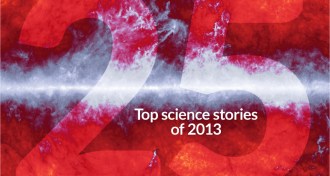 Science & Society
Science & SocietyTop 25 stories of 2013, from microbes to meteorites
This year, careful readers may have noticed a steady accumulation of revelations about the bacterial communities that call the human body home.
By Matt Crenson -
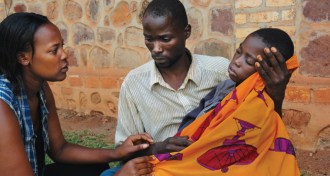 Science & Society
Science & SocietyHeal thy neighbor
As antidepressants and other drugs gradually replace psychotherapy in the United States, new forms of the talking cure are growing in popularity in developing countries ravaged by civil war and poverty.
By Bruce Bower -
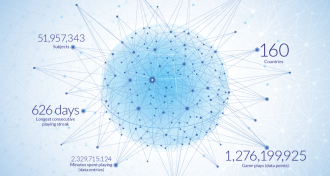 Neuroscience
NeuroscienceGlobal neuro lab
With more than 50 million users, the brain-training website Lumosity is giving scientists access to an enormous collection of cognitive performance data. Mining the dataset could be the first step toward a new kind of neuroscience.
-
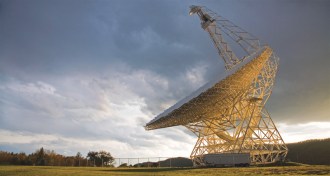 Science & Society
Science & SocietyScience slowdown
The recent federal government shutdown, which furloughed more than 800,000 government workers and may have cost the nation as much as $24 billion, has sent ripples through the nation’s scientific research enterprise.
By Beth Mole -
 Neuroscience
NeuroscienceThe Inconstant Gardener
Microglia, the same immune cells that help sculpt the developing brain, may do damage later in life .
By Susan Gaidos -
 Health & Medicine
Health & MedicineOld drug, new tricks
Metformin, cheap and widely used for diabetes, takes a swipe at cancer.
By Nathan Seppa -
 Health & Medicine
Health & MedicineWaiting to exhale
Scientists sift through the chemical potpourri that escapes our lungs for new ways to diagnose disease.
By Laura Beil -
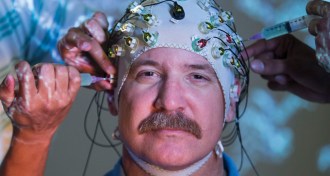 Neuroscience
NeuroscienceMind to motion
Brain-computer interfaces promise new freedom for the paralyzed and immobile.
By Meghan Rosen -
 Astronomy
AstronomyQuiet maximum
By almost any measure, this solar maximum has been pathetic. No more than 67 sunspots have appeared in a month so far; at the last peak, in 2000, that number was above 120.
-
 Psychology
PsychologyThe bright side of sadness
Bad moods can have unappreciated mental upsides.
By Bruce Bower -
 Astronomy
AstronomyVoyager’s view
Though the 1970s-era space probe has finally slipped into an interstellar realm, in some senses it is still very much within the bounds of the solar system.
By Andrew Grant